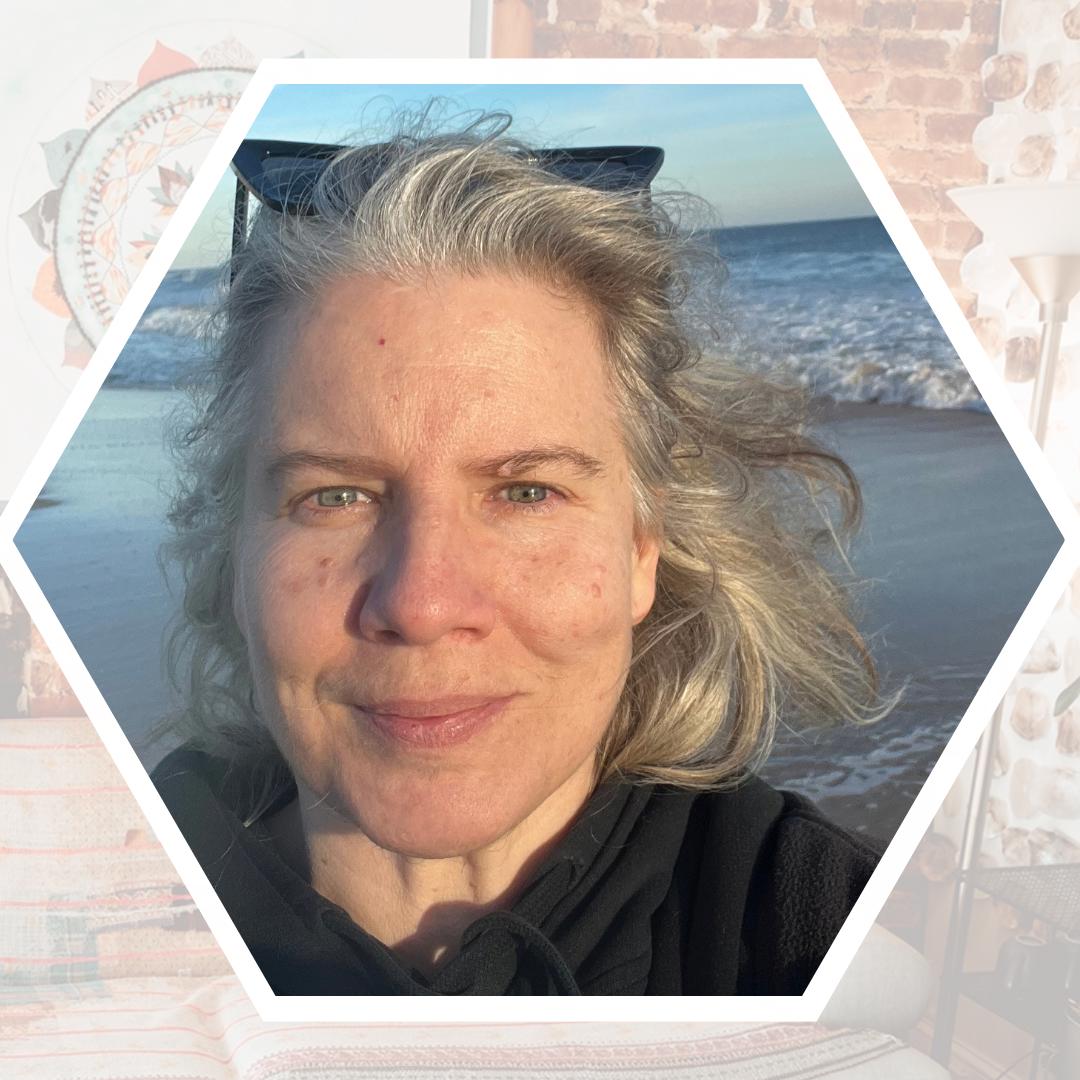
The Vital Body
with Metta's in-house Somatic Movement Therapist, Michele Minnick Ph.D., C.M.A., SMT/E
Somatic Movement Education & Therapy
The Vital Body is a trauma-informed, client and community-centered, integrated approach to movement, health and wellness. It considers physical, emotional and energetic aspects of living in and with a body as an organic, ever-changing system coping with a dynamic and often challenging environment. It incorporates movement, touch, voice, the elements of nature, and more. The Vital Body recognizes that vitality comes in part from taking a curious, playful and creative approach to life, including our healing.
As a form of somatic movement education, its aim is to empower clients and students in developing their own repertoire of movement and self-care practices. As a form of somatic movement therapy, it fosters healing through the client-practitioner relationship, and the client's developing a more intimate relationship with themselves. Group work takes an ecological approach; it engages the individual's process in the context of community, seeking to balance belonging and group support with individual needs and identity expression.
Benefits
Physical Function: Movement Repatterning
Whether integrating physical therapy exercises or bodywork into whole body movement, or addressing pain or movement limitations, this work facilitates greater awareness of the use of the body. In many fitness-based approaches to movement, we focus on the musculoskeletal system. The Vital Body offers works with bones, muscles and fascia but also engages other systems (fluids, organs, glands, etc.) for support. Breath support, grounding, an awareness of Initiation and sequencing, dynamic alignment, spatial intent, imagery, body organization/developmental patterns, and dynamics of movement help to repattern habitual ways of moving for greater ease and effectiveness, whether in everyday movement or in the specialized skills of sport, dance, or other activity. Somatic movement education is not a substitute for PT, but it can greatly benefit PT patients.
Emotion, expression and communication
Trauma, habitual patterns of use, and emotional imprints can inhibit the flow of our emotional life or our ability to live in a healthy relationship to our inner life. There may be other reasons why it is difficult to communicate with others, to stand up for ourselves, or to speak our truth. Exploring the relationship between inner and outer through somatically engaged emotional release and other techniques involving movement and sound can help us to discover and integrate new meaning, and dissolve blocks to our well being and freedom of expression. Clients may engage with this work to improve their performance, or for more therapeutic purposes. Although not a substitute for psychotherapy, The Vital Body can be productive in conjunction with psychotherapy or other forms of talk therapy. Focusing on how we embody change can allow for integration of therapeutic material, and patterns of behavior to shift.
Regulating the nervous system
In today's world it is easy for many of us to have a dysregulated nervous system. This can occur as a result of trauma, or for many other reasons that have to do with our self use, and with our environment. Breath, movement, touch, sound, essential oils, guided meditations and work in nature are all part of The Vital Body's tool kit for regulating the nervous system. Ultimately, the goal is for clients to develop their own tool kit, drawing on the work we do together.
Support for the Voice
The voice is an extension of the body, and the breath. For singing and for speaking either in performance situations or in everyday life, an increased awareness of the mechanisms of and support for breathing and sound production enhance vocal production. Working in a sensation-based and playful way with specific resonators and emotional coloring gives rise to a more fully embodied, vibrant, and expressive voice. Spatial awareness and whole body engagement offer support for speaking truth and being heard. Voice work may be integrated into any of the above approaches, or may be addressed as a focus of somatic movement education.
Michele Minnick (Ph.D., C.M.A., SMT/E) brings 25 years of experience as a theatre artist, certified Laban Movement Analyst, performance studies scholar, and somatic movement educator to her private practice. She has lived in New York City and Brazil and has taught extensively at New York University and Towson University, among other higher ed institutions. Since 2018 she has been bringing theatre and somatic tools to K-12 classrooms in her work as a teaching artist with Arts for Learning Maryland. In 2021 she founded Vital Matters, an interdisciplinary laboratory for change that addresses climate and environmental injustice and our disconnection from ourselves, each other, and the Earth through the arts and somatic practice. The Vital Body is an integral part of this work. Like all her work, Michele sees somatic movement education and therapy as a collaborative process in which she and clients work together to liberate body and mind from unhealthy patterns, discover new possibilities, increase resilience, and shape responses to life's inevitable changes with compassion and awareness.


